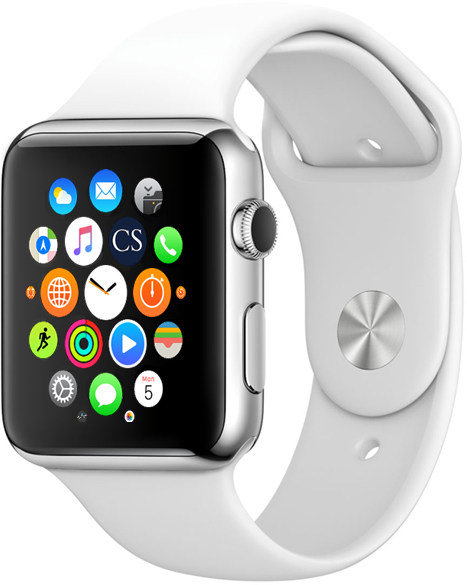Technology
Wearable Tech Sector Could Reach $90 Billion By 2020 - Julius Baer

The market for wearable devices is growing fast and will change how people using technology, including for how they use bank apps and other channels, the bank says.
The market for “wearable” technology could be as high as $90
billion by the end of this decade, according to Julius Baer, the Swiss
private bank.
Wearables are set to be the next wave of mobile computing,
lending a consumer edge to the Internet of Things. Leading
hardware and technology businesses are working hard to develop
innovative solutions that will help them ride the wearable
technology wave, the bank, which operates across a number of
regions, including area, said in a recent comment.
It is now a commonplace observation that financial services are
moving onto mobile tablets and other platforms that fit with
modern life and a desire to read and track information “on the
go”. An element of this has been the trend of what can be loosely
called wearable technology. Wristbands, watches and even
clothing, so it is said, can be “smart” and carry information.
(Consider the idea of using a gadget on a wrist to monitor
physical exercise and then hook that data up with an insurance
provider to affect health plan costs, for example.) This seems to
be a growing area, opening up investment ideas.
“Although we think that wearable technology is at an early stage
and far from gaining widespread acceptance, there is potential
for wearables to become a $90 billion market by 2020,” according
to Fabiano Vallesi, Next Generation Research Analyst at Julius
Baer.
The idea of wearables isn’t new; Vallesi noted that various
military forces have been developing headgear for pilots since
the 1960s and calculator watches have existed since the
1970s.
“What is new is the potential broader appeal to the consumer
market. Given the advances in miniaturising circuitry, sensors,
battery and wireless technology, wearables are becoming ever
smaller and more user friendly, greatly increasing the potential
applications of these technologies,” he said.
“The potential applications of this emerging technology are vast.
Wearables could, for example, allow people to personally monitor
their own health around the clock, while automatically sharing
the gathered health data with doctors, which could potentially
improve therapy outcomes. Wearables could also collect
context-specific information serving real-time needs,
consequently increasing convenience and potentially having a
positive impact on lifestyle, work, and safety,” Vallesi
continued.
Wearables are a big challenge to parts of the smartphone sector,
he said. “As growth in smartphone sales in the developed
countries has levelled off and only the USD 150-and-below
smart-phone category is expanding in emerging markets, the
industry needs shaking up once again,” he said.
In their different forms, wearables will likely lead to
significant changes in behaviour addressing a potential $1.6
trillion market, which centres on fitness, health, insurance,
fashion, payments, entertainment, home automation, and
advertising, the analyst added.
